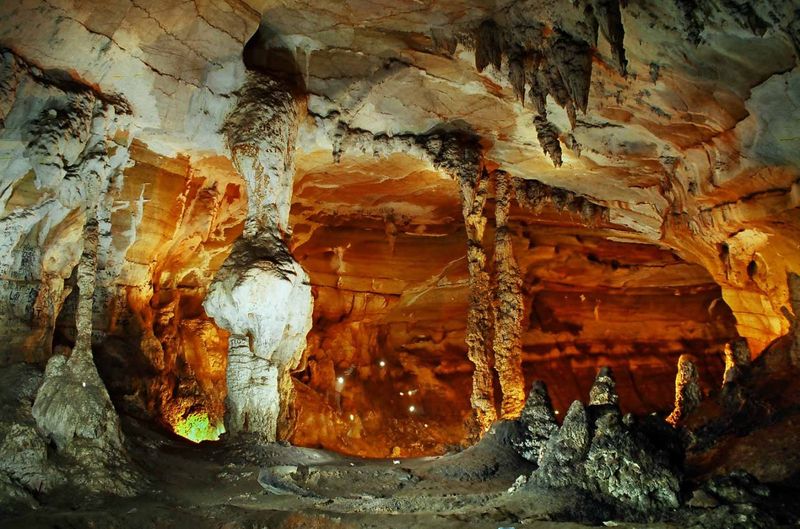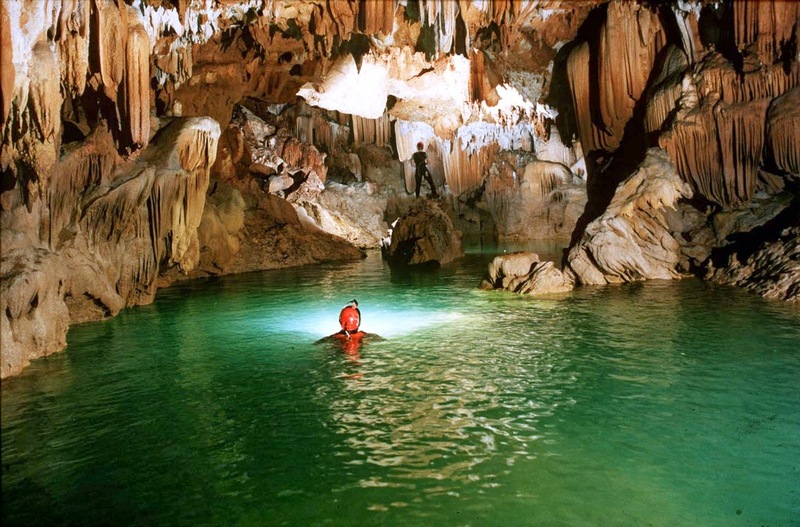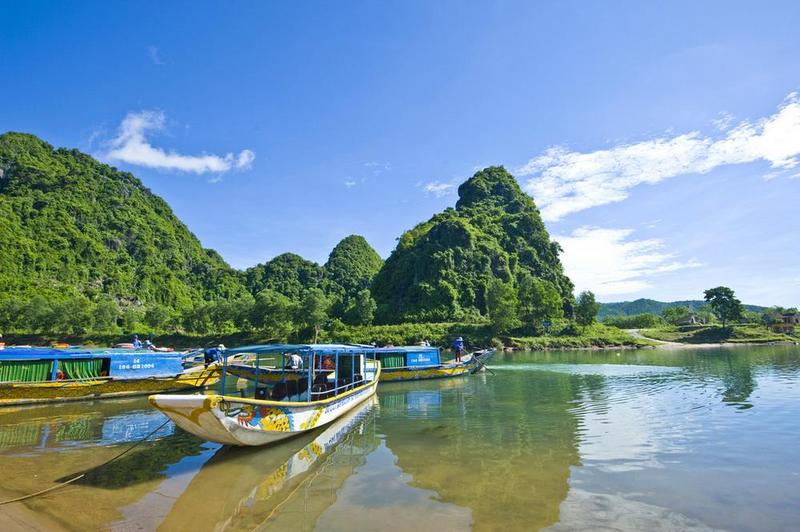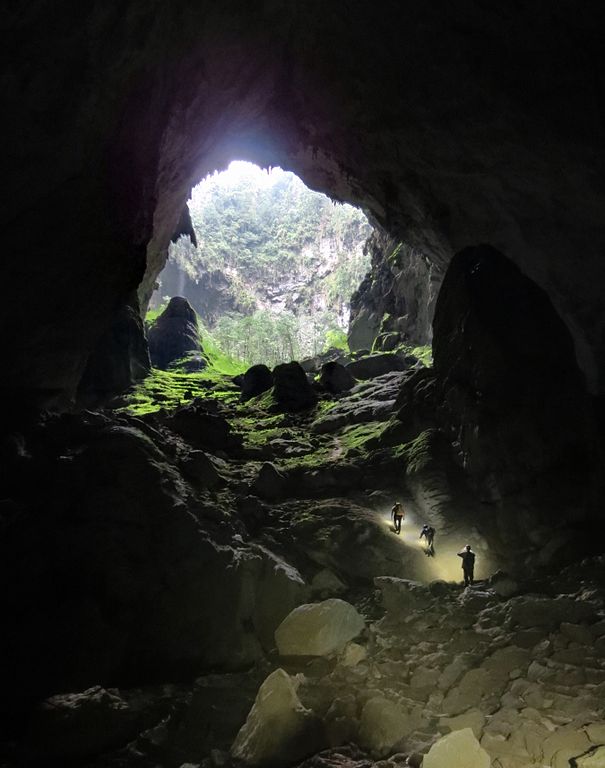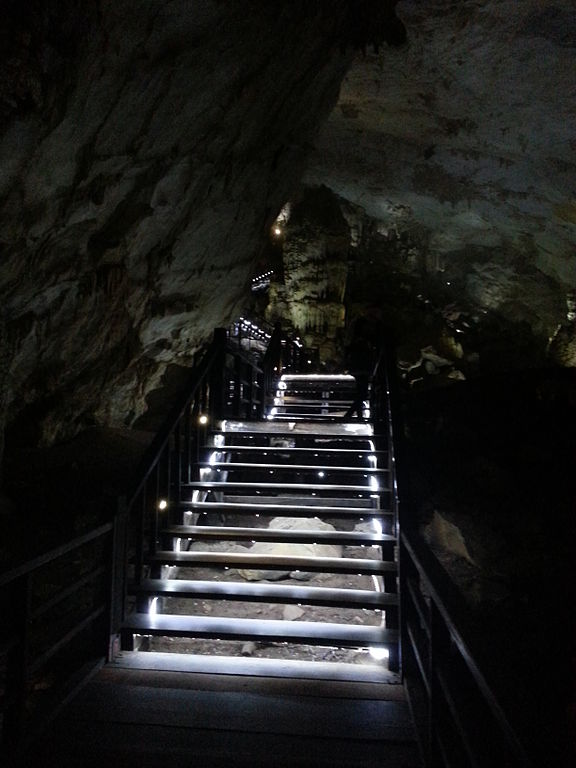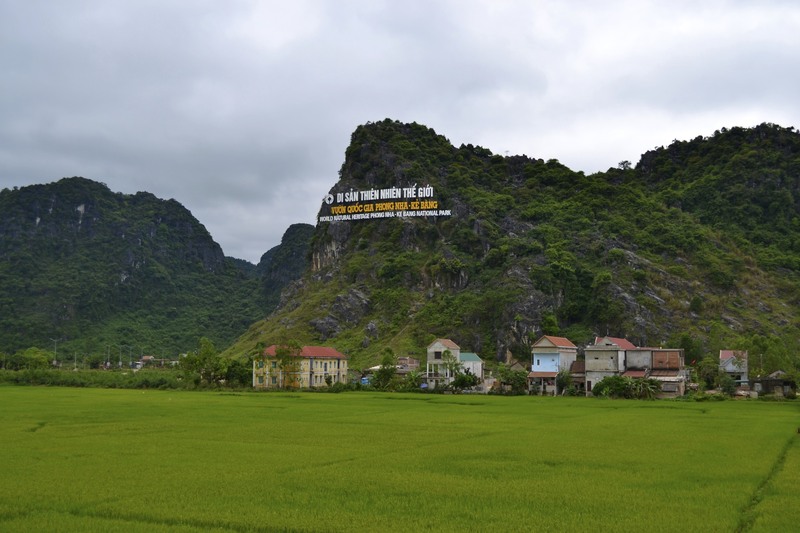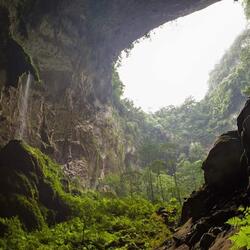Phong Nha-Kẻ Bàng
Phong Nya Kebang is a national park in Vietnam covering an area of 857 km2. The park is located on a giant limestone plateau, in which over 300 grottos and caves have been formed over millions of years, which are protected by UNESCO World Heritage.
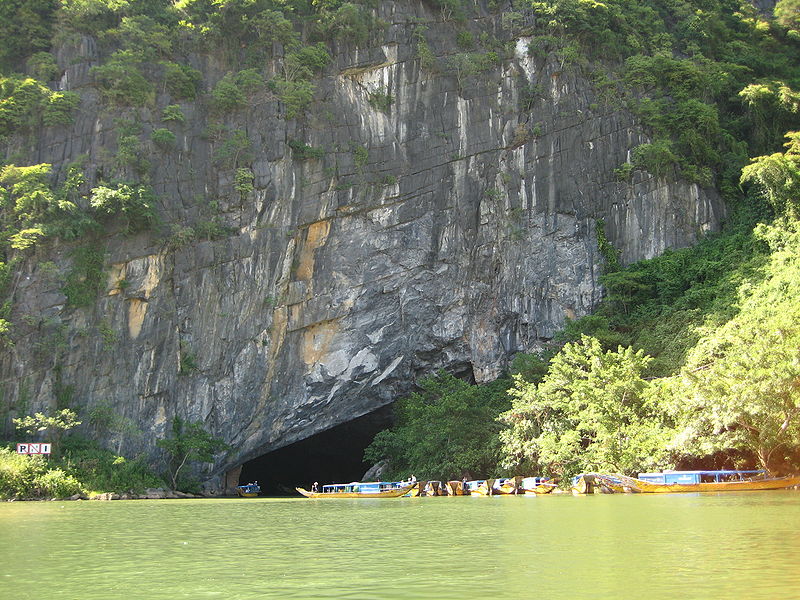
The name of the park consists of 2 words: Phongnya - cave, Kebang - the name of the surrounding forest. The approximate length of the caves is about 130 km, of which only 20 km have been explored by scientists. In 2009, the Shondong Cave, the largest cave in the world, was discovered in the park. The first expedition to the area was led by Priest Leopold-Michel Cadier, who discovered Phongnya Tam inscriptions on the walls of the cave. In 1935, a local resident found a "fabulous cave" - Tien Son, also called the "dry cave". In the following decades, several expeditions were equipped for research, but they did not discover anything new. In 1990, the British Speleological Association and the University of Hanoi agreed to cooperate and equipped expeditions, during which the Vom cave was explored, and in 1994 they explored Phong Nya. In 1999, the Vietnamese-Russian Tropical Center conducted a study of the flora and fauna of the park. The data obtained from the three expeditions made it possible to develop a plan for the protection and development of the region, as well as the designation of a UNESCO World Heritage Site.
The landscape of Phongnya Kebang Park has been forming for 400 million years and is the oldest limestone karst formation in Asia. Together with the Lao Hin Namno Nature Reserve, the territory of the karst forest is 3,177 km2. Limestone is easily eroded, which makes it easy for water to wash away rocks, forming caves and underground rivers, and the region has long been under the influence of powerful tectonic processes. The Tyai and Shon rivers have formed almost all the caves in the region. The Sean flows into the Phongnya cave and, flowing 20 kilometers to the south, this section of the river is called Nam-Aki.
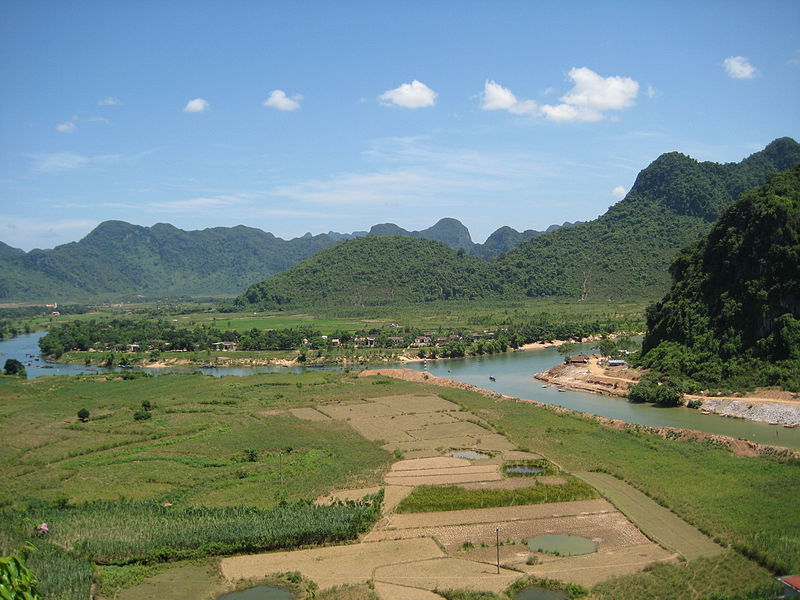
More than three hundred species of mammals are found in Phong Nya Kebang Park, among which 66 are listed in the Vietnamese Red Book, and 22 are listed Internationally. Phongnya Kebang is home to the largest population of primates, of which species such as short-tailed macaques, northern pig-tailed macaques, northern white-cheeked gibbons and Assamese macaques are on the verge of extinction. You can also meet Malay and Himalayan bears here.
After Phongnya Kebang Park was included in the World Heritage List, the number of tourists increased dramatically. You can get to the park via Ho Chi Minh Highway, by plane, by train from Dong Hoi Station. To get to the park, you need to buy a ticket at the Tourist Center of the municipality of Seanchat. The ticket price includes a boat trip. The following types of entertainment are available for tourists: rafting on the Tyai River, ecotourism, mountaineering, cave tours, sightseeing and acquaintance with the local flora and fauna.
